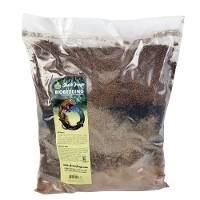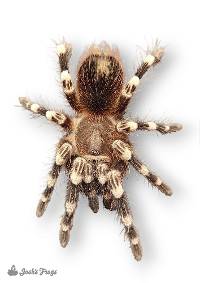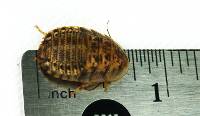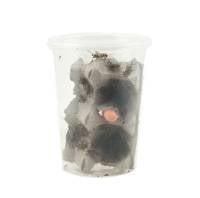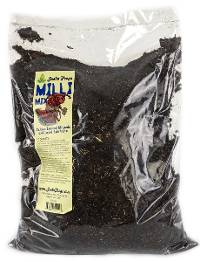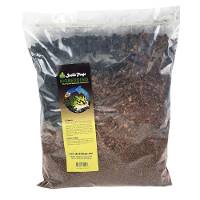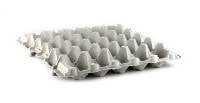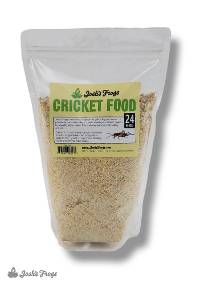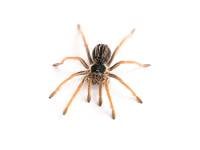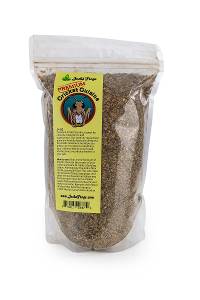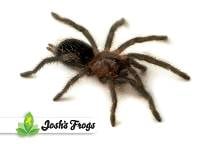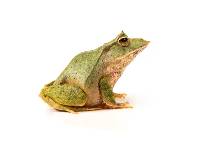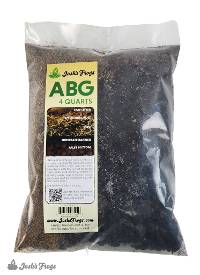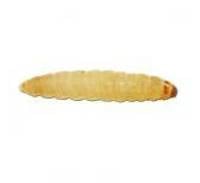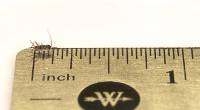Josh's Frogs
Goliath Birdeater Tarantula - Theraphosa blondi | 2 inch (Captive bred)
Goliath Birdeater Tarantula - Theraphosa blondi | 2 inch (Captive bred)
$199.99 0.0 out of 5 stars
(0)
0.0 out of 5 stars
(0)About This Product
Environmental Caution:
When a damp environment has too little air circulation, this can lead to an anaerobic environment. Where the typical aerobic bacteria helps keep certain types of waste from building up, they are instead replaced by anaerobic bacteria whose waste is more likely to be toxic and harmful. This is often accompanied by a strong swampy smell.
To guard against anaerobic environments, it is important to monitor and control moisture in the environment as well as air quality. One way to maximize both is to have plentiful live plants as the byproduct of photosynthesis is oxygen and water. Springtails can help keep the substrate aerated and break down waste so that the beneficial bacteria can more easily turn it into plant food.
Defining Characteristics:
- This is the largest species of tarantula ever recorded. An adult female Theraphosa blondi was measured with a diagonal leg span measuring 11.75 inches.
- An adult female Theraphosa blondi can weigh as much as a newborn puppy
- This spider would be unlikely to ever eat a bird in the wild
- The type 4 urticating hairs this species possesses are very irritating and are known to cause rashes and welts
Name: Theraphosa blondi is commonly known as the Goliath Birdeater.
Recommended Enclosure Size & Setup: This is a fossorial species, meaning this animal will spend a lot of time underground and may need additional substrate to burrow. Surface area of the enclosure should be no less than two times the spider's diagonal leg span in one direction and three times the diagonal leg span in the other. We recommend against allowing your fossorial spider more than two times their diagonal leg span as head space above their substrate as a fall from any higher could result in serious injury.
The enclosure should be tall enough to accommodate 2-3 inches of substrate for slings and 5+ inches for adults.
ABG mix, coco cradle, or Dig-It are good substrate options, but our Pet Bug Team prefers ABG all the way!
Temperature (°F): This species thrives in the mid 70s to low 80s, so a temperature close to 80° is ideal. Temperatures regularly dipping below 65 or spiking above 85 degrees should be avoided.
A reliable thermometer is strongly recommended.
Humidity: These spiders thrive in a swampy environment. The recommended ambient humidity should stay above 70%. This can be achieved by making sure the substrate is always slightly moistened. Depending on your location, you may need tools such as a humidifier to maintain this environment.
The enclosure sides and décor should be sprayed heavily at least twice a week to provide your animal droplets to drink from and keep humidity up. Do not spray your spider directly. A hygrometer is a great way to monitor the humidity for your animal and see any needed adjustments.
Size: These Theraphosa blondi will be at least 2 inches in diagonal leg span at time of sale.
This species regularly gets 9-10 inches. The largest one ever measured was 11.75 inches in diagonal leg span.
Age: These individuals are 6-12 months old. They can take 6 to 8 years to mature. Females can live 15+ years while males rarely live past 8.
Feeding: These spiders are currently eating two to three 1/2 inch crickets, once a week. There are a variety of appropriate prey items that you can offer, such as roaches, waxworms, black soldier fly larvae, hornworms, and silkworms. Consider feeding your prey items with our gutload formula to give your pet well-rounded nutrition.
We recommend that the prey items not be much longer than the tarantula's “head” is wide. Larvae are an exception—our larvae are harmless. Since they are very high in fat, they're not the best staple diet, however they make a great weight gain supplement.
Remove uneaten prey items after 24 hours, these may stress your animal out or endanger the spider during molting. Never attempt to feed a freshly molted tarantula less than a week after their molt to prevent injury to the spider. Depending on its age, the hardening process could take anywhere from 48 hours all the way up to a week.
Sexing: Due to age, Theraphosa blondi sold by Josh’s Frogs are sold as unsexed.
Color/Pattern: While the Goliath Birdeater lacks any distinct pattern, they can run through an impressive range of brown colors. As they age after their previous molt, their “hairs” continuously tend to lighten until they are nearly orange. Then they go back to the darkest chestnut brown as they crawl out of their next molt.
Social Behavior: Theraphosa blondi is not a sociable animal and should be housed as an individual. Attempts at cohabitation can result in cannibalism.
Fossorial tarantulas live in burrows and are often referred to as “pet holes”. They should be left in their burrows, as digging them up may stress them out. They are known to take strolls about their habitat in the early morning hours.
This species has type 4 urticating hairs. These are said to be the most irritating. They are known to cause rashes and welts.
Natural Range: Wild Theraphosa blondi can be found in Venezuela, Brazil, and Guyana.
History in the Hobby: For more than a decade, the vast majority of Goliath Birdeaters that were being imported into America turned out to be an undescribed species.
Observant hobbyists noticed the difference and several years later Academia acknowledged the new species as Theraphosa stirmi - The Burgundy Goliath Birdeater.
Now that the difference is better known, the true Goliath Birdeater is just starting to become available in the hobby again.
Links of Interest:
- Arachnoboards: A community of spider enthusiasts that will be able to or have already answered almost any question you can think of with regards to tarantulas.
Shipping
After placing an order containing a live animal, you will receive a scheduling email containing our JotForm scheduling link to schedule your new pet's delivery date.
With this scheduling link, you will be able to schedule your order's delivery up to 30 days in advance. You will be able to choose a date of delivery for Tuesday-Saturday (Saturday arrival depends on the carrier's service availability) with the estimated time of arrival generally being 12pm, or 4:30pm for more rural areas. Overnight lows must be above 40°F to ship directly to you (or above 30°F for FedEx Ship Center pickups) as well as below 90°F by estimated time of arrival.
If you require further assistance, or prefer to talk to one of our Customer Service agents, please feel free to reach out to our [email protected] email or our phone line 1-800-691-8178.
Other Customers Also Bought
Customer Reviews
0.0 out of 5 stars
Review data
5 star reviews
- 0%
4 star reviews
- 0%
3 star reviews
- 0%
2 star reviews
- 0%
1 star reviews
- 0%

